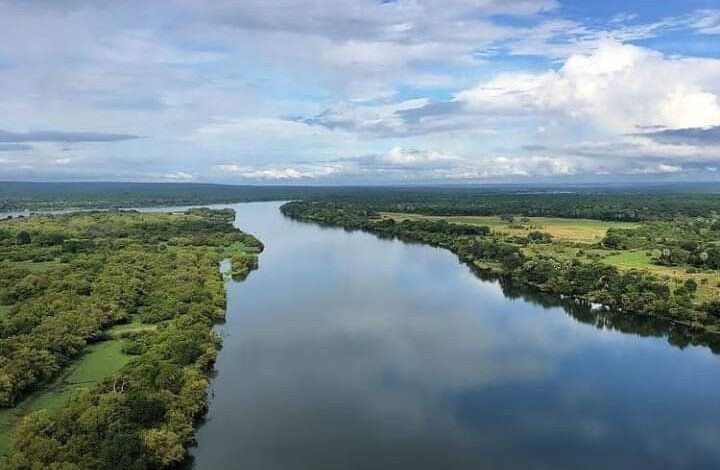5 Zimbabwean Rivers and Their Importance

Zimbabwe is endowed with a rich tapestry of rivers that play crucial roles in the country’s ecosystem, economy, and cultural heritage. From providing vital water resources to supporting agriculture and wildlife, these rivers are integral to the nation’s prosperity. Here’s a closer look at five important Zimbabwean rivers and their significance.
1. Zambezi River
The Zambezi River is one of Africa’s largest rivers, flowing across several countries, including Zimbabwe. It is renowned for its stunning Victoria Falls, one of the Seven Natural Wonders of the World. The Zambezi is crucial for Zimbabwe’s hydroelectric power generation, with the Kariba Dam harnessing its waters to provide electricity for the region. Beyond energy, the river supports agriculture through irrigation and provides water for drinking and industry. Its basin is also a key area for wildlife, contributing to Zimbabwe’s rich biodiversity.
2. Limpopo River
The Limpopo River marks Zimbabwe’s southern boundary, creating an essential natural border with South Africa. It is vital for the country’s agriculture, particularly in the Limpopo Valley, where it supports crop and livestock farming. The river’s seasonal flooding enriches the soil, making it more fertile. Additionally, the Limpopo plays a role in maintaining the local ecosystem, providing habitat for a variety of species.
3. Save River
The Save River is one of Zimbabwe’s major rivers, flowing from the southeastern part of the country into Mozambique. It is crucial for irrigation in the surrounding areas, supporting agriculture in the Masvingo region. The river also provides water for domestic use and supports local fisheries. Its basin is significant for biodiversity, including various bird species and aquatic life.
4. Runde River
The Runde River is a key tributary of the Save River, flowing through southeastern Zimbabwe. It plays a vital role in agriculture, particularly in the Chiredzi district, where its waters are used for irrigation. The river’s floodplain is important for crop cultivation, and its waters support livestock. The Runde is also crucial for maintaining the health of local wetlands and providing habitat for wildlife.
5. Gwayi River
The Gwayi River, originating from the Matobo Hills and flowing into the Zambezi River, is important for the western part of Zimbabwe. It provides water for agriculture in the region, particularly in the Gwayi-Shangani Dam area. The river supports livestock and is a key water source for the communities in its basin. The Gwayi River also contributes to the local ecosystem by maintaining wetland areas that support various plant and animal species.
Zimbabwe’s rivers are more than just waterways; they are lifelines that support agriculture, provide drinking water, and contribute to the country’s energy needs. They also play a critical role in sustaining biodiversity and supporting local economies. As Zimbabwe continues to develop, the management and conservation of these rivers will be essential for maintaining their vital contributions to the nation’s well-being.




